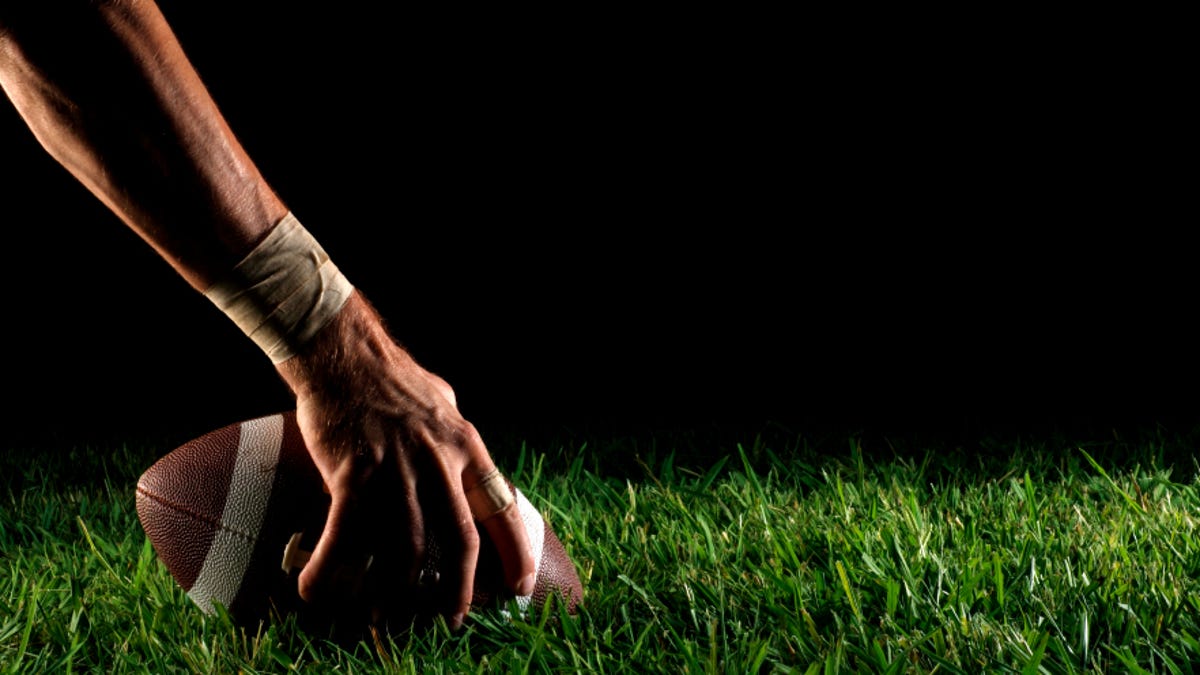Super Bowl drives supersized wireless traffic
The wireless carriers weathered the surge in calling and data traffic during the big game. Verizon Wireless says it shuttled 2.75 times as much data as during the previous Super Bowl, while AT&T says people actually uploaded more data than they downloaded.

After such a thrilling end to the Super Bowl, it's no surprise that a record number of sports fans e-mailed, text messaged, and called each other during the big game.
And the carriers weathered the surge in traffic despite a jump in usage. The wireless carriers may not always have the best record at big confabs--many fared poorly at the Consumer Electronic Show--but they stepped it up for the Super Bowl.
Ensuring adequate wireless coverage is crucial because the high-profile event garners so much scrutiny and attention. For Verizon Wireless, which is the official NFL wireless sponsor, the reliable service is doubly important.
Verizon Wireless said service fared well at the Super Bowl and the surrounding areas in Indianapolis. The company said it handled 2.5 times more data than in last year's Super Bowl in Dallas, and 4.5 times the amount of data of a regular season football game with the Colts. Call volume rose 1,000 percent, or 11 times a regular-season game.
As part of Verizon's sponsorship, the game could be viewed on NFL Mobile. Verizon said 40 percent more viewers tuned in via smartphone than during Wildcard weekend games, and the Super Bowl got twice as many mobile viewers than the most popular regular season game. Verizon said viewership rose steadily, culminating in the final two minutes of the game.
In an amusing tweet, one AT&T customers noted that users were getting directed to Verizon Wi-Fi hot spots for their data needs.
AT&T, however, said it handled the surge in traffic admirably. Total data usage at Lucas Oil Stadium in Indianapolis was 218 gigabytes, which the company said was the highest data usage ever seen from a single sporting event. AT&T's customers made 75,204 calls and sent 722,296 text messages to each other at the game.
Interestingly, AT&T customers shared more than they received. The carrier said its customers uploaded 40 percent more data than they downloaded, posting videos, pictures, and message to friends who weren't at the game.
AT&T said it had spent nearly a year preparing for the game, launching a Wi-Fi zone with 15 access points, installing an expanded distributed antenna system in the stadium and other venues to boost the signal, and adding capacity to the cell sites in the city. The company also deployed nine cells on wheels, also known as COWs, to temporarily boost coverage.
T-Mobile similarly invested to bulk up coverage in the area ahead of the game, spending $1.5 million to deploy 180 4G cell sites to improve the Indianapolis area. The carrier likewise saw more uploading than downloading in the city, with a 325 percent increase in data traffic and a 400 percent increase in text messages shared when compared with the prior Sunday. Voice traffic on Sunday rose 260 percent from the previous week.
Sprint Nextel, meanwhile, said it saw 10.3 million minutes of use on Sunday, up 12 percent and 5 percent over the previous two Sundays.
Nationally, Sprint saw message traffic rise 5 percent from the prior Sunday, with 2.08 billion text messages exchanged that day.
The increased traffic at events like these is just part of the reality of wireless use today, and something the carriers have to prepare for.
"Cool numbers? Yes. Surprising? No, considering the evolution of wireless usage," said John Donovan, AT&T's senior vice president of technology and network operations.
Updated at 4:51 p.m. PT: with responses from Sprint and T-Mobile.
Corrected at 10:04 a.m. PT: An earlier version had an incorrect number attributed to T-Mobile's investment in the Indianapolis area.

